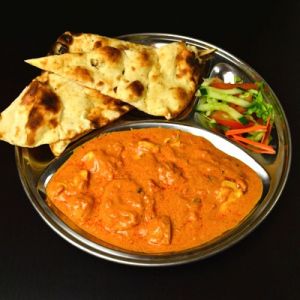A Brief Introduction of Indian Cooking to Raise Your AppetitePosted by Mark Sheldon on March 7th, 2017 What is common between Indian cuisine and thermodynamics? Well, both are so easy to explain. Over the vast span of history, India has turned into a home for hundreds and thousands of settlers, each with his or her own belief system. Gradually, all these individual tastes and temperament have combined together in the formation of the modern Indian culinary. There is nothing homogenous, when it comes to Indian cooking and dishes. As anyone will agree, region and religion are the most crucial factors behind modern Indian food habits and cooking styles. There are many distinct pockets in the country that have their own recipies, unique cooking methods and exclusive spices. Considering this huge diversification, Indian cuisine offers varieties of taste to please multitudes of choices. Thus,Indická restaurace Praha has an ever increasing list of loyal customers round the year. In this backdrop, here are some interesting facts for you on the topic of modern Indian cooking. The great Indian curry: The word 'curry' is overused around the world, to identify an Indian dish to go with the main course. Interestingly, the word itself is very seldom used in India. Moreover, there is a huge range of curries that are cooked and eaten across the country. Interestingly, a 'curry' is a blend of a number of spices, ranging from garam masala to turmeric and corriander. Garam masala is a typical combination of Indian spices and contain cardamom, cloves and cinnamon. In order to cook a curry, a lot of other spices are used as ingredient. Only a skilled cook can add the right quantity of each of the spices, making the perfect proportion. Regional cooking: Indian cuisine, as a whole, covers six different tastes. These include sweet, sour, bitter, salty, hot or spicy and sharp. A typical gourmet is laid to balance each of these tastes. On the other hand, regional foods that are cooked need specific sets of ingredients and spices. In addition to that each of the regions has its own distinct cooking style to whip up a dish. Foods from north India are comparatively less spicy as compared to that of the south. This range of cooking also uses lots of green or red chillies, ghee or clarified butter and yoghurt. On the other hand, south Indian cooking greatly involves coconut and tamarind. To make the dishes hotter, a lot of black pepper is also normally used. Cooking style in the eastern zone of the country is very similar to that of the north. However, eastern range of culinary is reputed for using mustard and varieties of fishes to whip up some lip-smacking dishes. Naan bread is another popular Indian dish and it is usually served in the main course. Actually, this dish arrived all the way from Persia or Iran, almost a thousand years ago. As Indická specialita, these are served hot but only after adding a dose of butter or ghee to it. As a matter of fact, Indian cooking is still evolving and its popularity is fast spreading across distant foreign lands. Like it? Share it!More by this author |


